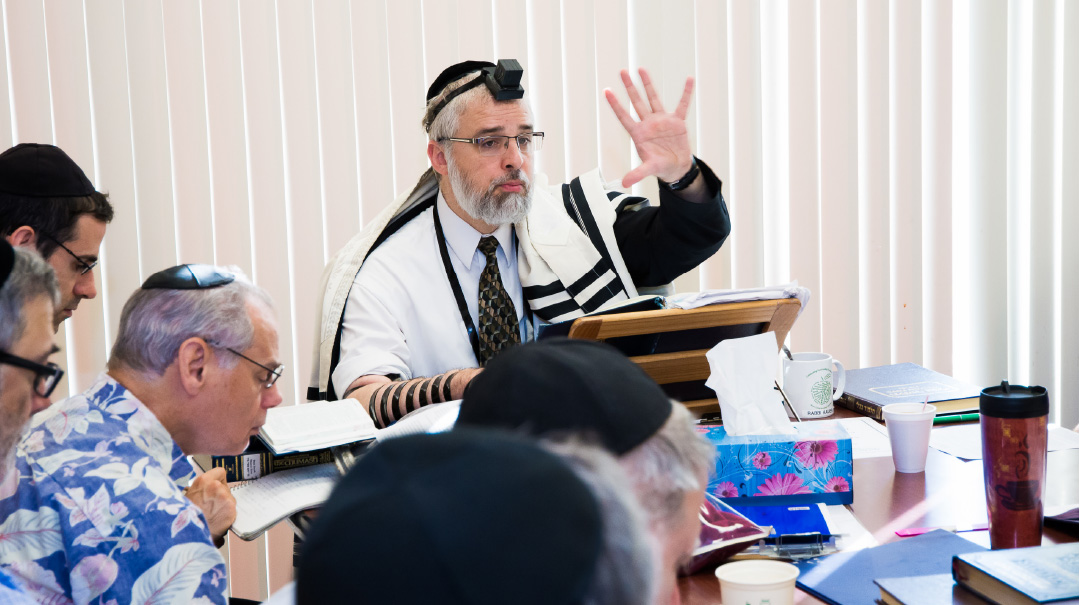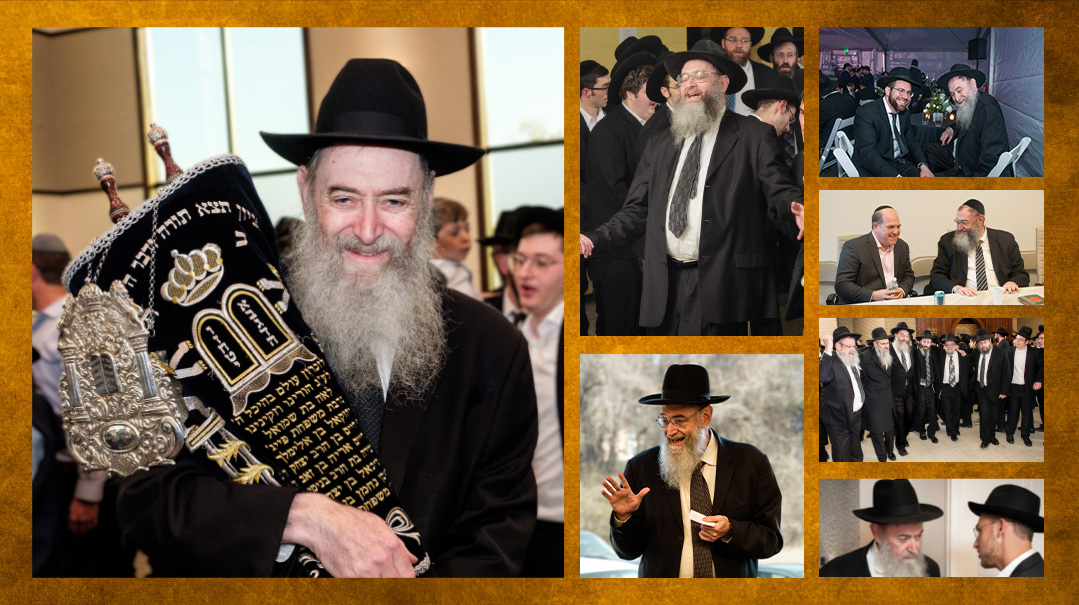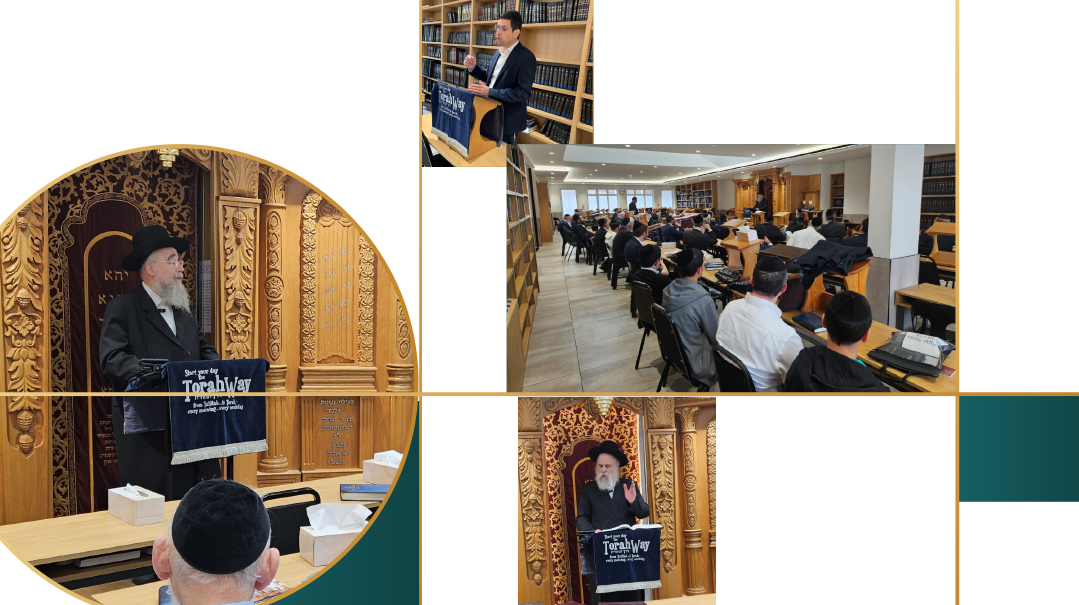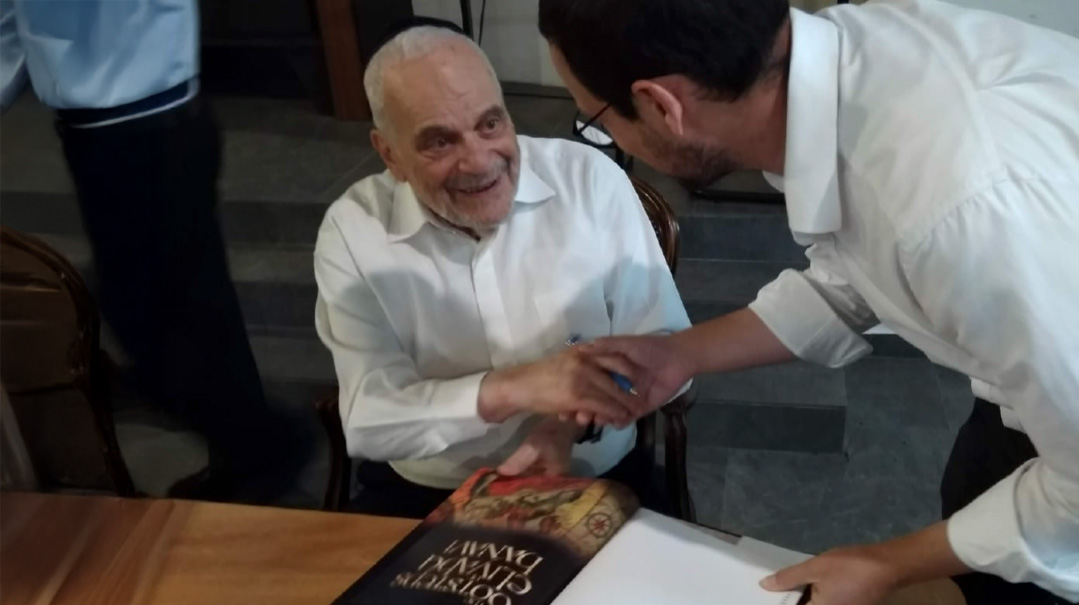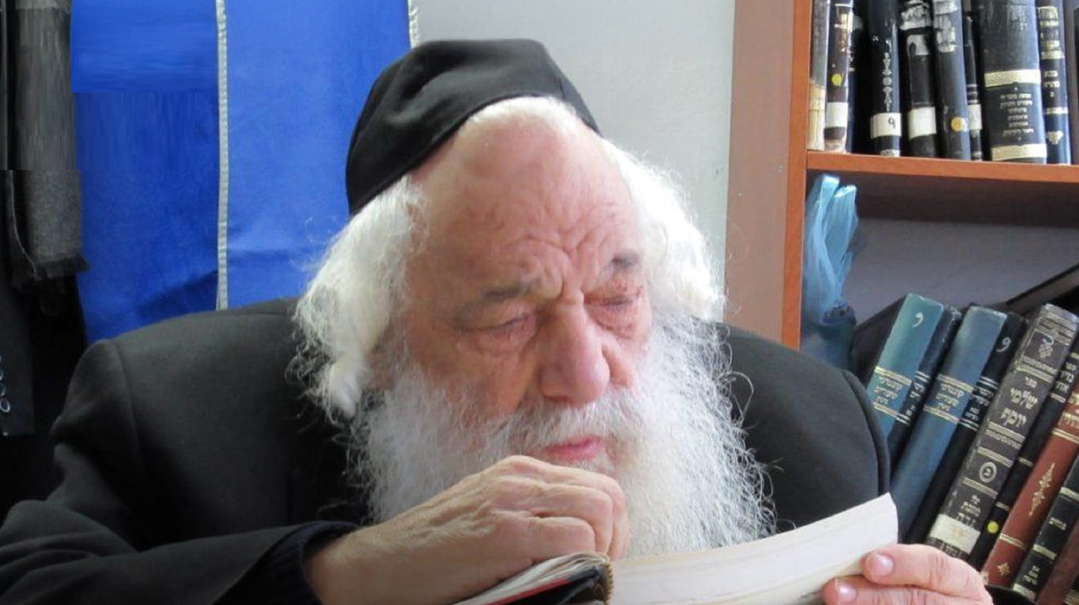Talk to Your Soul

Rav Shlomo Hoffman spent the better part of a century uncovering the layers of the neshamah and left his tools as a gift to the world
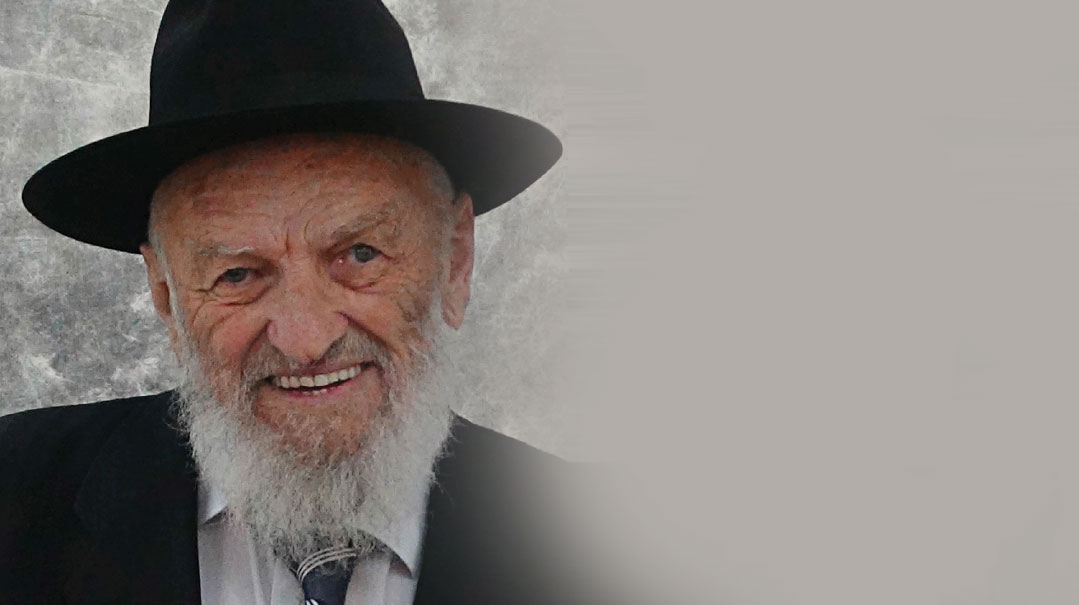
One of the most remarkable mussar seforim to emerge in recent years is a compilation of the profound insights and wisdom of Rav Shlomo Hoffman, a venerated talmid chacham with such deep perception into the complexities of the human condition that Rav Aharon Leib Steinman would send yeshivah mashgichim to him for training, and who, back in the 1950s, was even appointed by the secular courts to use his skills in rehabilitating hardened criminals.
When a several-hundred page book of his solutions to deep emotional dilemmas and trauma was published in 2016, Sichos Im HaRav Shlomo Hoffman — compiled from conversations with his talmid Rav Meir Simcha Stein, who edited the digest — flew off the shelves and has sold over 20,000 copies to date. Now, English-language readers can use Rav Hoffman’s practical tools to maximize their own kochos hanefesh with the first volume of the series, Secrets of the Soul (Feldheim), translated into English.
By the time he passed away in 2013 at age 91, Rav Hoffman, who as a bochur had learned in the Chevron yeshivah in pre-state Palestine and became a close talmid of Rav Yitzchak Eizik Sher, had left his influence on generations of students and mechanchim.
But how does a gadol become a psychiatrist and healer of souls without any formal training, using only the blueprint of the holy seforim and his own finely honed human insight?
Rav Hoffman would brush off the compliments regarding his own prowess, attributing his skill in dissecting the inner workings of the mind and soul to the vast storehouse of Torah wisdom where, he would say, all the answers are found. One secret he shared later in life was a lesson he’d learned early on from his rabbanim: They never put the blame on the student; there was never accusation, only a personal reckoning. “It was only about ‘what could I have done better that I didn’t do enough of?’ ”
Rav Hoffman once told of how he, as a young chassan, had committed to Rav Yehoshua Yagel that he would serve as a counselor and meishiv in the Midrashiah in Pardes Chana, which meant leaving the Chevron yeshivah. After his wedding though, Chevron rosh yeshivah Rav Yechzkel Sarna tried to persuade him to stay in the yeshivah’s kollel. The young avreich explained that he’d made a previous commitment to Rav Yagel, who was known to pay generously. Rav Sarna promised to pay the same sum that Rav Yagel was offering, which was equal to about six months of kollel stipends, but Shlomo Hoffman remained committed to his word.
Rav Sarna, brokenhearted, took it as his own failing, although he could have held a grudge or pointed a finger. “Had I worried about you more, then you wouldn’t leave us. I should have been more devoted,” he said tearfully to his prized talmid.
Oops! We could not locate your form.

